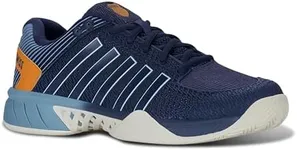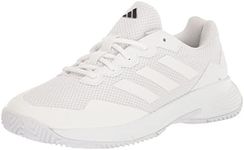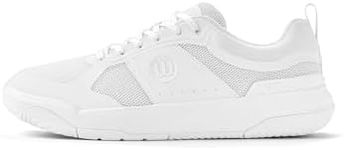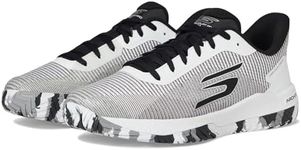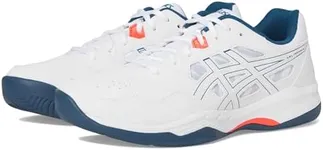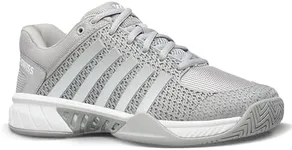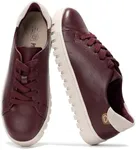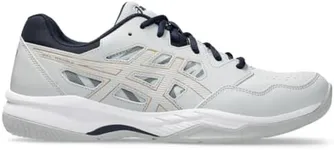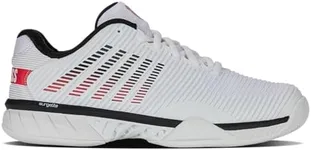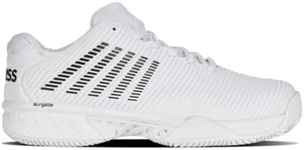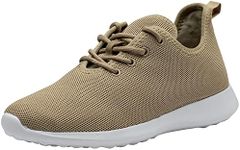Buying Guide for the Best Pickleball Shoes
Picking the right pickleball shoes is essential for both comfort and performance on the court. Good shoes can help prevent injuries, offer better support, and improve your agility during play. When choosing the best pair for yourself, it’s important to consider how you move on the court, whether you play indoors or outdoors, and your own comfort preferences. Understanding the key shoe features will help narrow your choices and ensure you find a pair that suits your needs and playing style.Outsole MaterialThe outsole is the bottom part of the shoe that comes into contact with the court, and its material affects grip and durability. For outdoor courts, rubber outsoles with strong tread patterns provide better traction and can withstand rough surfaces. Indoor pickleball shoes often have non-marking, softer rubber soles designed for smooth surfaces to prevent slipping. Think about where you will play most often; choose a tougher, more durable outsole for outdoor play and a grippier, non-marking one for indoor games.
CushioningCushioning refers to the padding inside the shoe that absorbs the shock when your feet hit the ground. Good cushioning is important because it helps protect your joints and keeps your feet comfortable during long matches. Shoes may have minimal, moderate, or high levels of cushioning. If you have sensitive joints or spend a lot of time on your feet, a shoe with more cushioning may be best. Lighter, less cushioned shoes might appeal to players who value speed and feel connected to the court.
Arch SupportArch support is built into the shoe to provide stability for your foot’s arch area. This can help reduce foot fatigue and prevent issues like plantar fasciitis. Shoes range from low to high arch support. If you have flat feet, look for more support, while those with higher arches may need shoes with special inserts or adaptable midsoles. Pick shoes that match the shape of your feet, as this will improve both comfort and performance.
BreathabilityBreathability describes how well a shoe allows air to move through, keeping your feet cool and dry. Shoes with mesh panels or breathable uppers are better for letting heat and moisture escape. If you play in hot or humid conditions or sweat a lot, prioritize shoes with good ventilation. For cooler environments, breathability may be less vital.
Fit and StabilityFit is how well the shoe conforms to the shape and size of your foot, while stability refers to the support it gives your foot during lateral movement. Pickleball involves lots of quick side-to-side actions, so a snug fit and stable shoe prevent rolling your ankle and slipping. Look for shoes that hug your foot without being tight and have reinforced sides or wider soles for better balance. Try on shoes at the end of the day, when your feet are biggest, to ensure you get the best fit.
WeightThe weight of the shoe can influence your agility and comfort. Lightweight shoes make it easier to move quickly but might sacrifice some cushioning or support. Heavier shoes may offer more durability and protection but can slow you down and cause fatigue. If you value speed and quick direction changes, go lighter. If you want more support or have a larger build, prioritize sturdier, slightly heavier shoes.
